
Read or listen offline
Amazon KindleRecommendation
The Centre for European Policy Studies (CEPS) has prepared a forecast-filled look at the European Union’s likely economic, social and political development through the year 2030. Not all of CEPS observations are encouraging; in fact, some are downright bleak: The EU will have the oldest regional population in the world by 2030, its labor productivity will grow more slowly than ever and the bloc’s global influence could diminish. But greater trade with developing nations and changes in variables such as immigration could produce an economic surge that would lift the EU’s performance above that of other major economies. The paper, which sometimes mires down in statistics and models, investigates the myriad factors affecting the EU’s economic future, such as trade policy, demographics, climate change, technology and energy. getAbstract recommends this provocative, in-depth exploration of the EU’s prospects to business executives, economists, policy makers and analysts seeking a detailed vision of Europe in 2030.
Summary
About the Authors
Daniel Gros is the director of the Brussels-based Centre for European Policy Studies, a research institute where Cinzia Alcidi is the head of the economic policy unit.












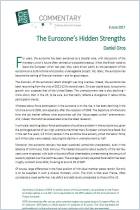
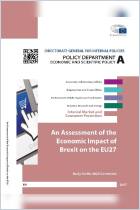
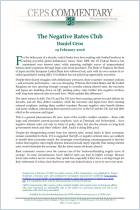

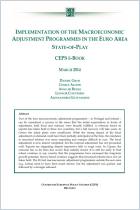


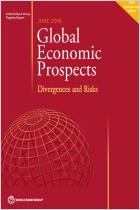
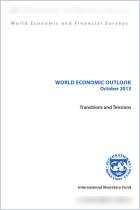

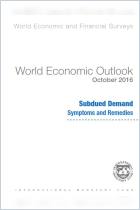








Comment on this summary